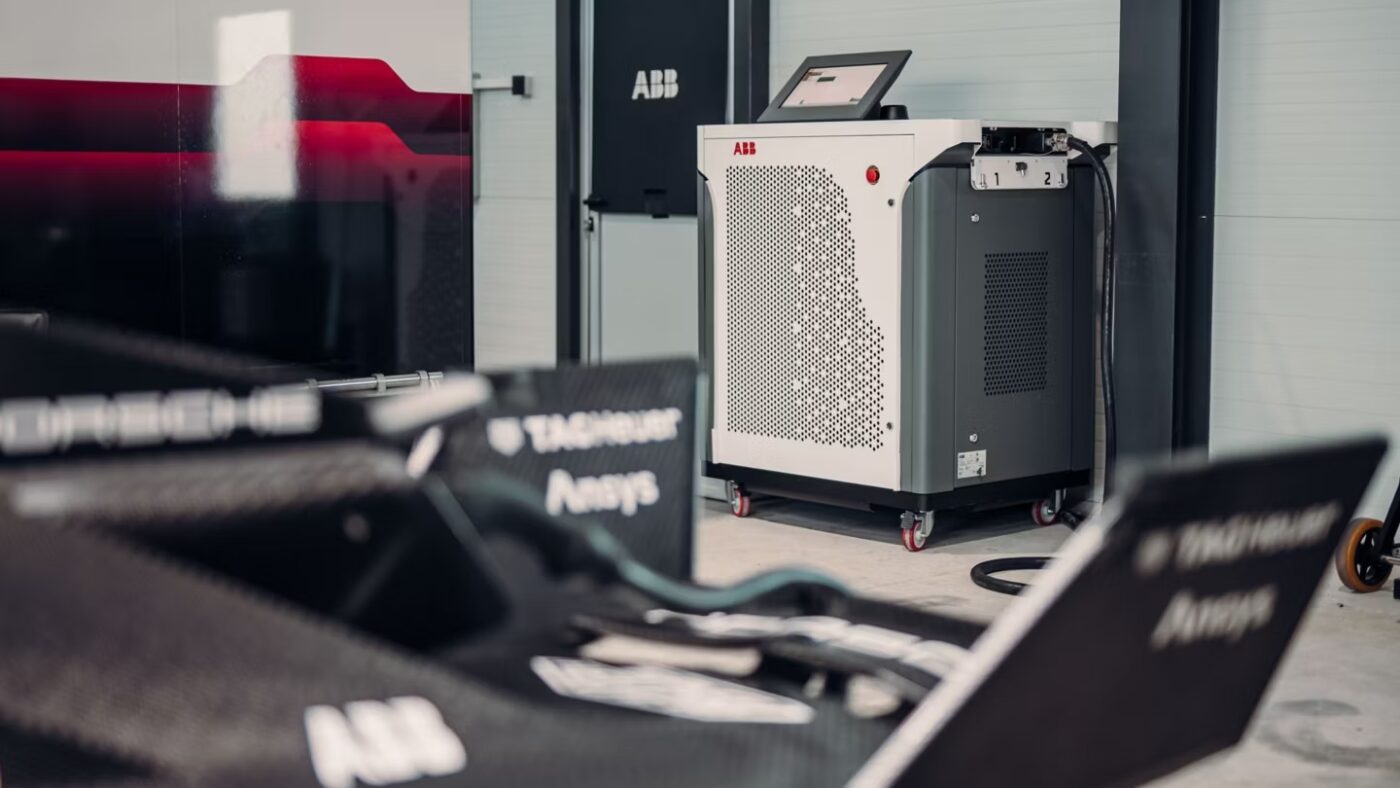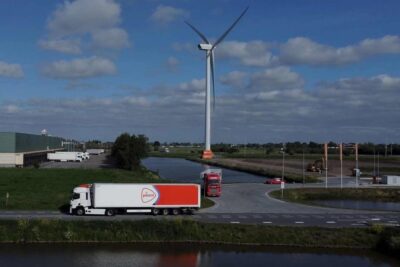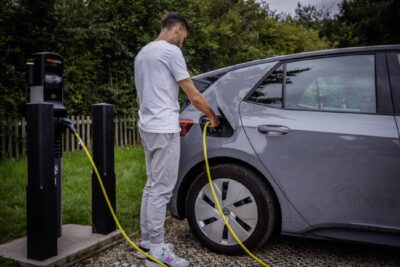Charging like a champion: ABB’s charging expertise with the Formula E
With the final races for the season taking place in London on the 20th and 21st of July, the electric racing league is gearing up to conclude its current season. Two drivers from New Zealand are currently favoured to win with Nick Cassidy at 167 points and Mitch Evans with 155. Evans is tied with Pascal Wehrlein, however, and only takes the lead due to a direct comparison, so the final race for second place will be exciting.
The Formula E racing league is a global event, taking place in cities from the Arabian peninsula to South America. What really sets it apart from the classic Formula 1 is the noise level, which allows for the race to be done in cities. Not using dedicated tracks also presents the question of infrastructure: racing electric vehicles is difficult without a power supply. That is not the case for all races, as the competitions in Portland, Misano and Shanghai are built on dedicated racing tracks. However, for the majority of locations, ABB had faced the goal of building a mobile charging unit that could handle the high capacities required.
Currently, the ABB Formula E Race Charger weighs an impressive 450 kg and stands at a height of 1,520 mm with the top screen, and is 1,150 mm wide and has a depth of 850 mm. It can also be coupled with a stationary energy storage system in locations such as South Africa, where the venue required the race to deliver its own power.
Last year, there had been rumours that Formula E races would include a 30-second ‘Attack Charge’ that would provide a boost of an extra 4 kWh to the battery and unlock the ‘Attack Mode,’ which increases the vehicle’s power from 300 kW to 350 kW. However, this has been delayed due to technical issues. In January, Andretti driver Jake Dennis stated: “Right now, we’re not fully confident in the whole of the systems, of trying to get everything working seamlessly. So it’s been delayed until Misano.”
It implied that the additional charging process during the race was expected to be up and running by the time the races came to Berlin, Shanghai, and Portland. However, this has not materialised, as the current rules still clearly state: “Charging the car is forbidden during both qualifying and the race, as well as throughout Parc Ferme and scrutineering.”
The ABB racing charger features two 80 kW charging connections and takes about 45 minutes to charge a vehicle battery. If only one car is charged, it can use the full 160 kW. The charging time was deemed sufficient between races, as the second-generation charging station did not get a capacity increase. However, it now has CCS Type 2 connections. Bas Berix, Project Manager at ABB E-Mobility, pointed out that with 1.5 to 2 hours between races, the teams had sufficient time to charge.
This is notable, particularly as ABB demonstrated its megawatt charging capacities on a MAN eTruck, reaching a capacity over 700 kW and 1,000 A earlier this year. However, the MCS capacity is not really needed for smaller vehicles, such as personal or race cars. On this topic, it was said at the Berlin Formula E leg that charging infrastructure is scaling too quickly, without sufficient oversight of different demands.
Reliability was the keyword the ABB team representatives were looking towards, aiming for a twelve-year lifecycle for their charging stations. It was also underscored by ABB CEO Björn Rosengren: “Sustainability is a key part of our company purpose and of the value that we create. This starts with helping our customers reduce their emissions and preserve resources, which is where we make the biggest impact, and extends to our own operations, to our partners and suppliers, and the communities we serve.”
Technical issues such as overheating have become easier to manage. An example cited by an ABB technician was during the Formula E race in Jakarta. The racing team had insufficiently ventilated the charging station, opting to ventilate its drivers in the brutal heat. When the team noticed that the charging capacity had dropped to unusable levels, it took the ABB technician only about a minute to diagnose where the air intake wasn’t enough and had the charger back up and running at the promised capacity.
When asked what may come next, the drive for reliability and robustness seems at the front of ABB’s plans – not a bad choice. According to a recent study, one in five charging station visits ends without the function having been fulfilled. The reasons for this overwhelmingly surround the connection to the network and authentification processes. Harvard Business School also researched the issue and found “chargers 78% reliable and pricing like the ‘Wild West’.” Dan O’Shea, Vice President of Business Development at ABB E-Mobility commented: “It’s not always easy to tell why a charging session failed. The software and hardware just aren’t there yet. Error codes aren’t on a standard, and they’re not all delivered in the same way. That makes it hard to narrow in on the problem.”
ABB currently has over one million AC and DC chargers installed in more than 85 countries. The company is also looking to invest in the future in different ways: for example, ABB helped launch the ‘Girls on Track’ programme, designed to bring more gender equality to the race track by offering a point of contact for young women to get into engineering and racing. In this vein, ABB also committed to doubling the number of women in senior management positions to 25 per cent by 2030. However, since the ‘Girls on Track’ programme is aimed at girls aged 12 through 18, the participants will not likely be sitting on the board by then.





0 Comments